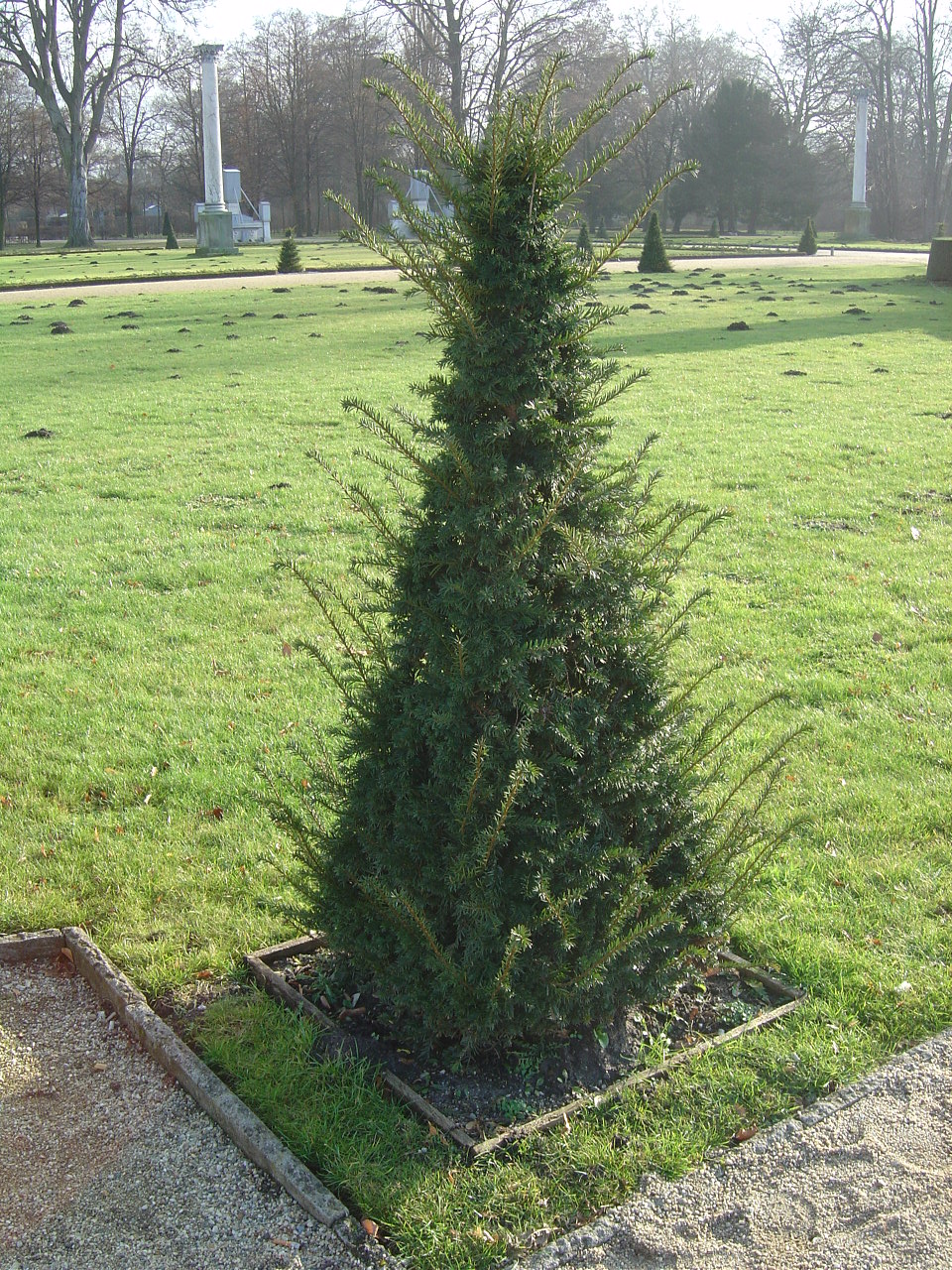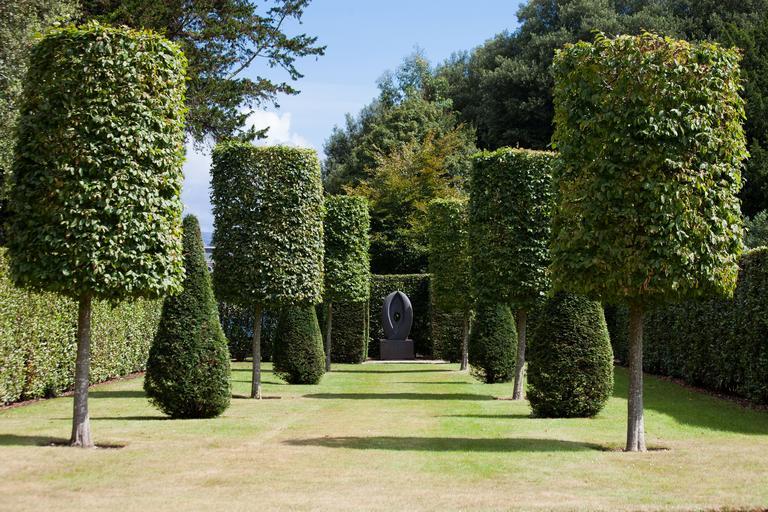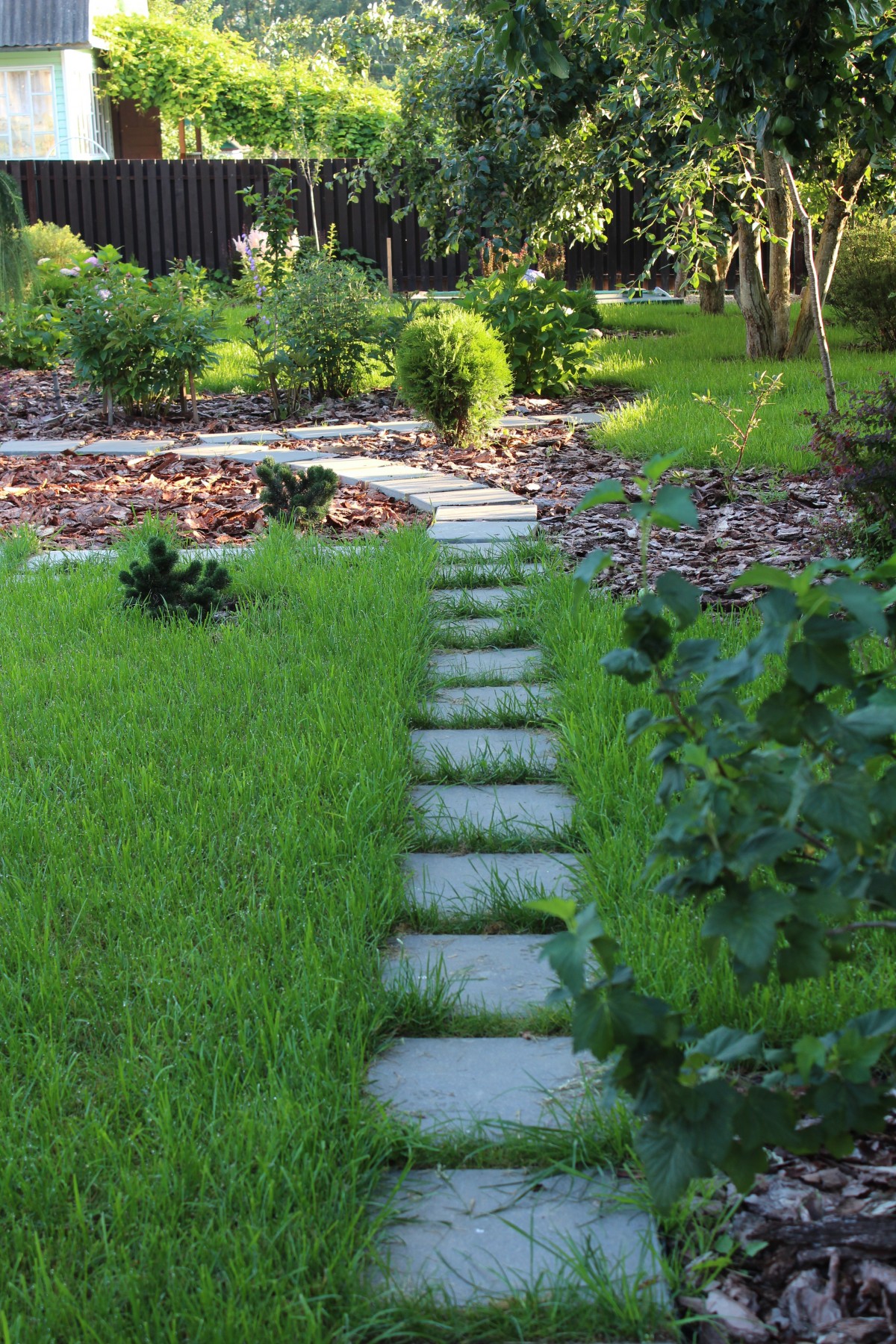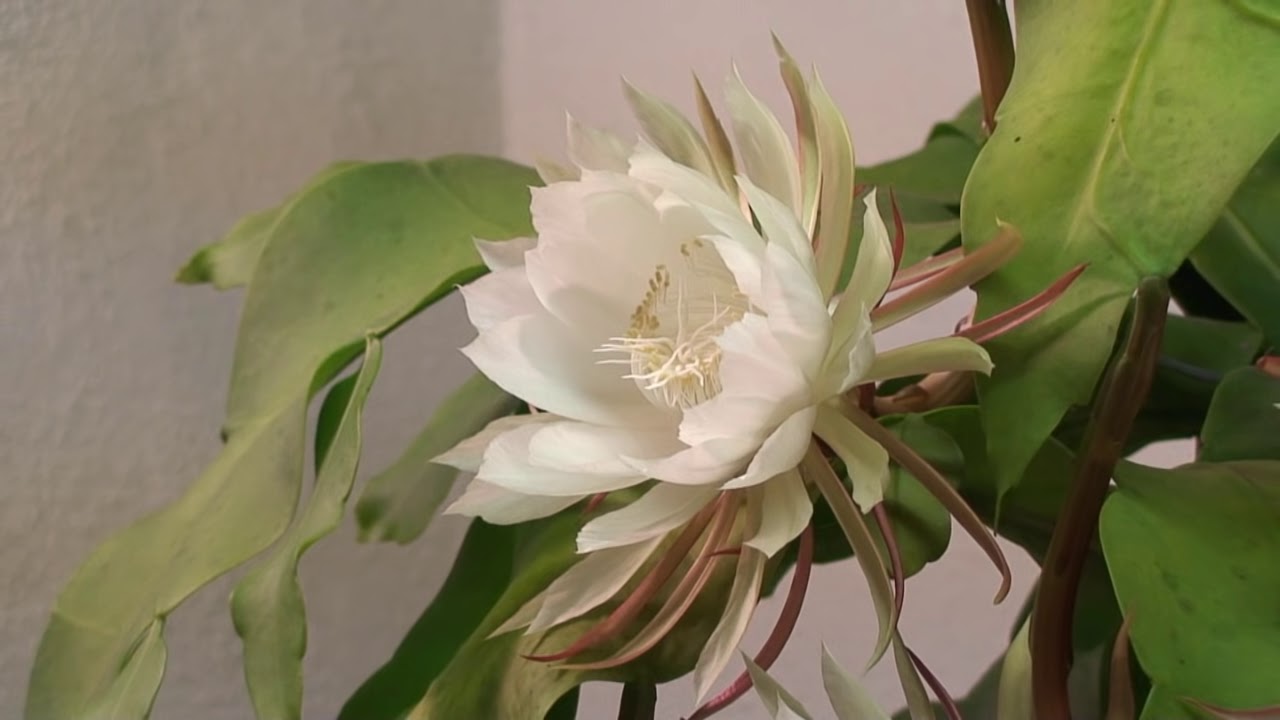Contents
– Shrub trimming: basic principles
– Training trimming of a shrub
– Maintenance trimming of a shrub
– Trimming to rejuvenate a shrub
Trimming is a crucial step in the life of a shrub. Indeed, trimming shrubs allows them to develop correctly, rejuvenate them, and give them a pleasant and aesthetic shape. While there are commonalities in trimming different shrubs, there are also differences specific to each variety.
Shrub trimming: basic principles
Shrub trimming consists of removing portions of the stems of woody plants (= plants with wood or a rigid substance resembling wood) for different reasons:
– to give a particular shape: it is termed shape trimming;
– to ensure a reasonable development: it is called maintenance trimming;
– to give the tree a second wind: this is called rejuvenation trimming.
Training trimming of a shrub

This type of trimming is done on young shrubs; the goal is to balance the aerial and root parts so that there is a coherence between the aerial parts’ needs in water and minerals and the taking by the underground parts.
The trimming of the shrubs is carried out over 3 years:
1. Year 1: directly after planting (in spring or autumn), trimming to 60 cm high above an eye to ensure vigorous growth;
2. Year 2: start selecting the main branches of the shrub, giving it its shape. To do this, choose the vigorous branches growing outwards and then cut them off halfway above an eye. For the other branches, you can cut them at a third of their trimming, consistently above an eye;
3. Year 3: it is a question of finalizing the basic shape started the previous year. To do this, you must cut to two-thirds of the structural branches selected at n+2. For the other branches, it is enough to leave 4 eyes from the base.
Maintenance trimming of a shrub
Maintenance trimming is used to lighten the shrub to resume its development vigorously the following spring. This type of trimming can be done in the fall or just before spring.
To perform the trimming, remove dead branches and cut the inward growing branches leaving 4 eyes from the base.
Type of shrubs
Trimming period
Winter and spring-flowering shrubs
Examples: Forsythia, deutzia
At the beginning of winter, in December
Summer flowering shrubs
Examples: Flowering currant, hydrangea
At the end of winter, in March
Important: It is best to do the trimming before spring so that the leaves and branches from the previous season protect the shrub during the cold season. Some shrubs such as rhododendron or camellia do not need to be trimmed; you need to remove the faded flowers and leaves.
Trimming to rejuvenate a shrub
The purpose of trimming for rejuvenation is to give a second life to shrubs. This trimming concerns mainly the evergreen shrubs (= which do not lose their leaves in the cold season). For this, there are 2 ways to proceed:
1. Progressive trimming: this consists of trimming a quarter of the branches to 4 eyes every year for 4 years.
2. Severe trimming: this consists of trimming all the tree branches to 4 eyes so that it grows back vigorously the following spring. This type of trimming can be repeated about every 5 years.
Hope this post has been able to explain to you the basic principles of shrub trimming. This will help you out if you are a DIY enthusiast; else, you can call Anthony Montani landscaping for your landscape design and installation, property maintenance, tree, shrub service, trimming, and masonry work.
Remember to share this post and comment below.




It does make sense to chop off overgrown shrubs from your greenery since they can improve its appearance. My aunt is trying to use her backyard as a dedicated outdoor space to entertain her visitors. I’ll be sure to relay this idea to her when we meet again.